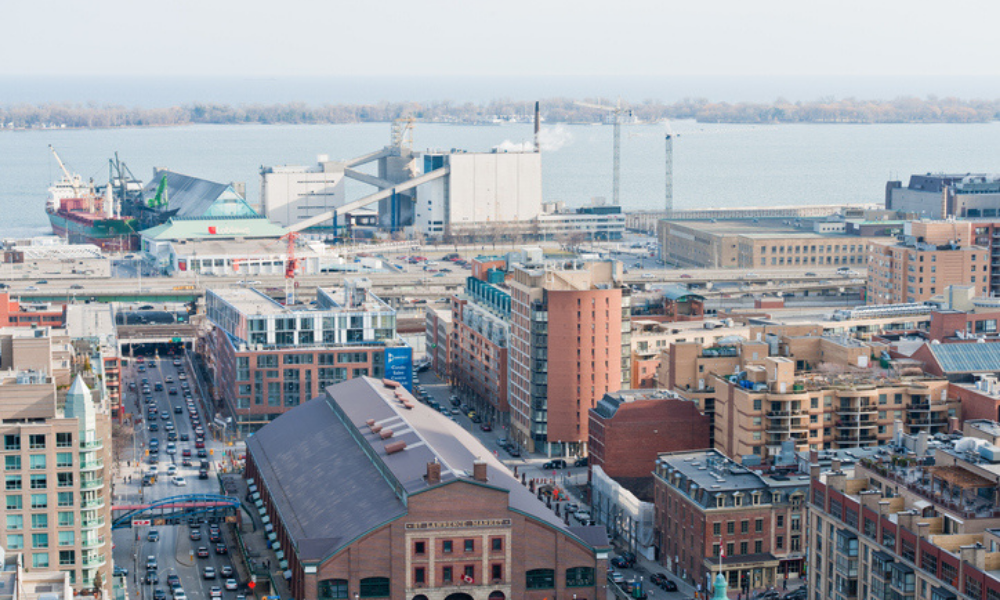Availability is at a new low while rental rates have surged over the last few years

Over the course of the pandemic, industrial properties were among the favoured asset classes in the Greater Toronto Area – a status bolstered by limited supply and relentless demand, according to Avison Young.
From a high of 7.1% in Q1 2010, the GTA’s industrial availability rate has declined steadily to reach a historic low of 0.9% in Q4 2021, Avison Young reported.
The tighter competition has made itself felt in the region’s industrial rental rates, which have grown by 17% in 2021 alone, 61% over the past three years, and 75% over the past five years.
“Low availability rates have offset the high land values and construction costs evident in today’s market,” Avison Young said. “Given the supply-demand imbalance, the consensus is for continued growth across the GTA industrial market for the foreseeable future.”
Read more: Avison Young on Toronto’s 2021 commercial market performance
A total of 10.2 million square feet (msf) of industrial space was delivered in the GTA last year, spread across 49 buildings. As of the end of 2021, 14 msf was under construction across 70 buildings, with 45% already leased, Avison Young said.
“Buildings under construction equate to a mere 1.6% of the GTA’s existing industrial stock,” Avison Young said. “Projects currently under construction are split between design-build (32%) and speculative (68%) developments. Pre-construction developments total 53 msf in 149 buildings across the GTA.”
However, there are also clearer signs of flattening growth in the near future, considering that some of the largest user sectors are now seeing near-peak growth, Avison Young said.
“The logistical pipelines for some of the largest retailers are nearing completion and their appetite for space is being quenched,” Avison Young explained. “With 60 msf in the development pipeline for the next three years, rising availability will likely provide more space options to a broader spectrum of industrial tenants compared with today’s constrained supply environment.”



